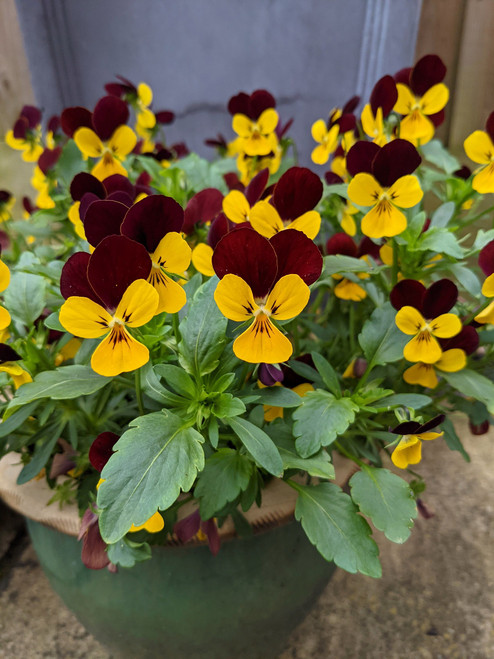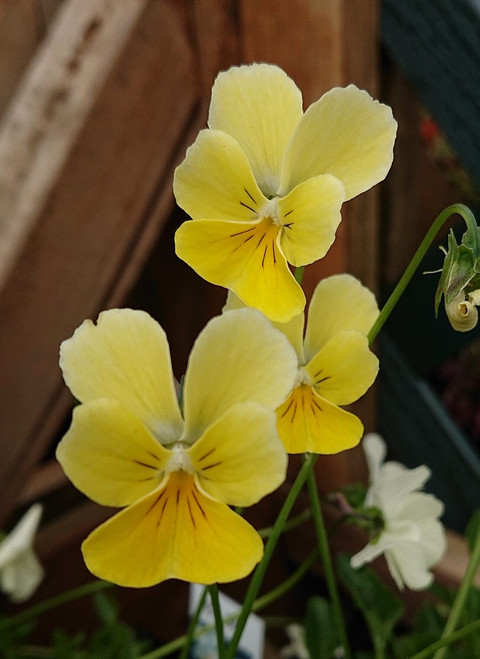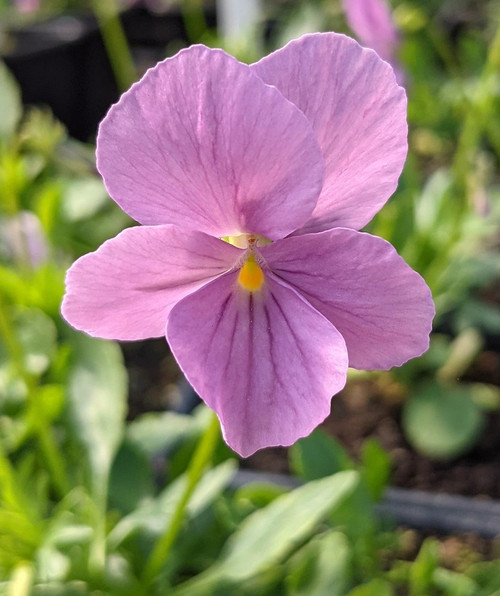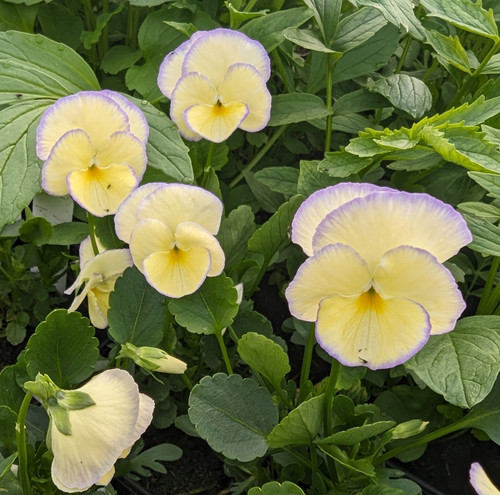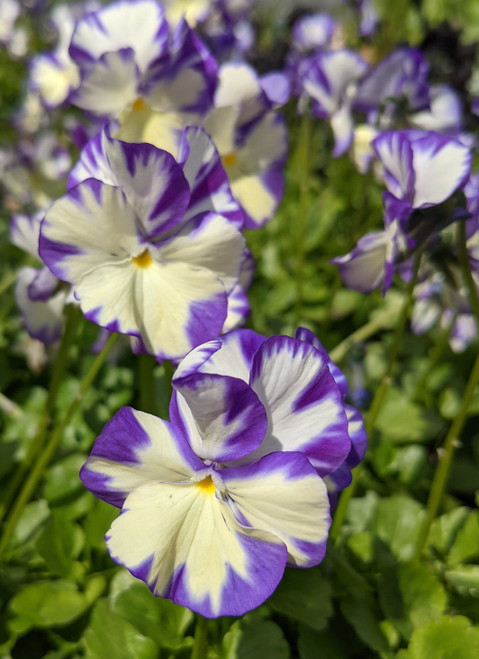Plant Overview
The history of the "Viola di Udine" is closely linked to that of the Savorgnan family of Brazzà Cergneu who resided in the castles of Brazzacco in the Middle Ages.
During the course of the centuries the Fortilis fell into ruin, but the family did not abandon Brazzacco and at the end of the nineteenth century Cora Slocomb, wife of Detalmo di Brazzà, built a magnificent park rich not only of tall trees, but also of flowers of every kind , especially roses and pansies.
The double odorata violets, from which the Viola di Udine descends, were imported into Italy in the first half of the eighteenth century, at the court of the Bourbons of Naples, probably imported from Catalonia into which they were introduced by the Arabs.
From Naples the viola reached Parma, where Maria Luisa D'Asburgo launched her fashion, contributing to the creation of violet water.
In the second half of the nineteenth century Count Filippo Savorgnan of Brazzà, a passionate botanist, inserted some plants of double Viola (with a thin stem lacking in colour) and Viola di Parma (more rustic, coloured and perfumed) in the castle park.
From the hybridisation of the two plants in the family greenhouses they obtained two violets still very much loved; the white double "Conte di Brazzà" and the double sapphire colour "Violetta di Udine".
It seems likely that, from the beginning of the selection, the characteristics of the hybrids were due to the influence of the particular climatic conditions of the Morainic hills, but it can be assumed that some improvement mutations have been recognised and promptly multiplied and selected.
The winter flowering plant has a sturdy floral stem and the double flower but with the colour of the Parma violet from which it has also inherited the scent and the red veining on the central petals.
It is believed that the name "Viola di Udine" was attributed by the two breeders, Filippo Savorgnan di Brazzà and Attilio Pecile.
Grows well in semi-shade or Full Shade with free draining, fertile soil.
Height: 20cm
Parma violets flower in winter and early spring. They were extensively grown for the cut flower market in France, the flowers are also edible and are ideal for crystallisation. They belong to the more exotic branch of the violet family, first appearing in Italy, in the 16th century. They are reputedly not as fully hardy as sweet violets, although we have not had any trouble bringing them through the winter in Buckinghamshire. If in doubt, plant in a pot or container that can be brought into a cold greenhouse or cold frame. They will even do well on a windowsill.
Common name(s): Parma violet
The history of the "Violetta di Udine" is closely linked to that of the Savorgnan family of Brazzà Cergneu who resided in the castles of Brazzacco in the Middle Ages.
During the course of the centuries the Fortilis fell into ruin, but the family did not abandon Brazzacco and at the end of the nineteenth century Cora Slocomb, wife of Detalmo di Brazzà, built a magnificent park rich not only of tall trees, but also of flowers of every kind , especially roses and pansies.
The double odorata violets, from which the Violetta di Udine descends, were imported into Italy in the first half of the eighteenth century, at the court of the Bourbons of Naples, probably imported from Catalonia into which they were introduced by the Arabs.
From Naples the viola reached Parma, where Maria Luisa D'Asburgo launched her fashion, contributing to the creation of violet water.
In the second half of the nineteenth century Count Filippo Savorgnan of Brazza ', a passionate botanist, inserted some plants of Viola double (with a thin stem lacking in color) and Viola di Parma
(more rustic, colored and perfumed) in the castle park.
From the tests of hybridization between the two plants in the family greenhouses they obtained two violets still very much loved; the white double "Conte di Brazzà" and the double sapphire color "Violetta di Udine".
It seems likely that, from the beginning of the selection, the characteristics of the hybrids were due to the influence of the particular climatic conditions of the morainic hills, but it can be assumed that some improvement mutations have been recognized and promptly multiplied and selected.
The winter flowering plant has a sturdy floral stem and the double flower but with the color of the Parma violet from which it has also inherited the scent and the red veining on the central petals.
It is believed that the name "Violetta di Udine" was attributed by the two breeders, Filippo Savorgnan di Brazzà and Attilio Pecile.




